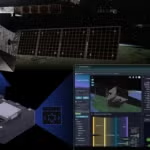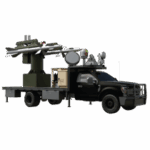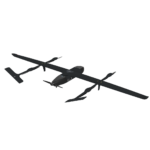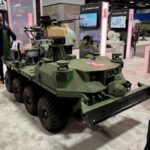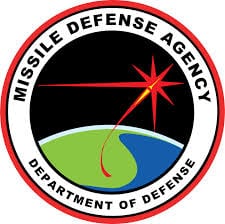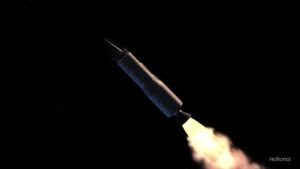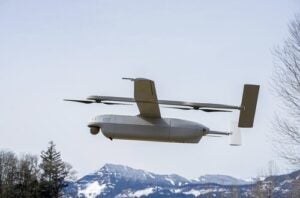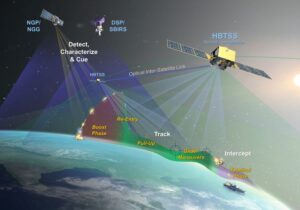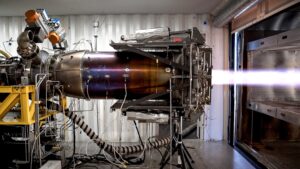
Booz Allen Hamilton [BAH] on Wednesday released its list of emerging technologies that it believes should be prioritized to meet the needs of the Defense Department and intelligence community, a register that includes artificial intelligence-related capabilities, autonomous robotic swarms, hypersonics, and others. The technology and professional services company also culled a list of startups developing technologies and solutions for each emerging technology area. The top 10 technologies include AI accelerator chips, alternative position, navigation, and timing (PNT), autonomous swarms, generative…

 By
By 